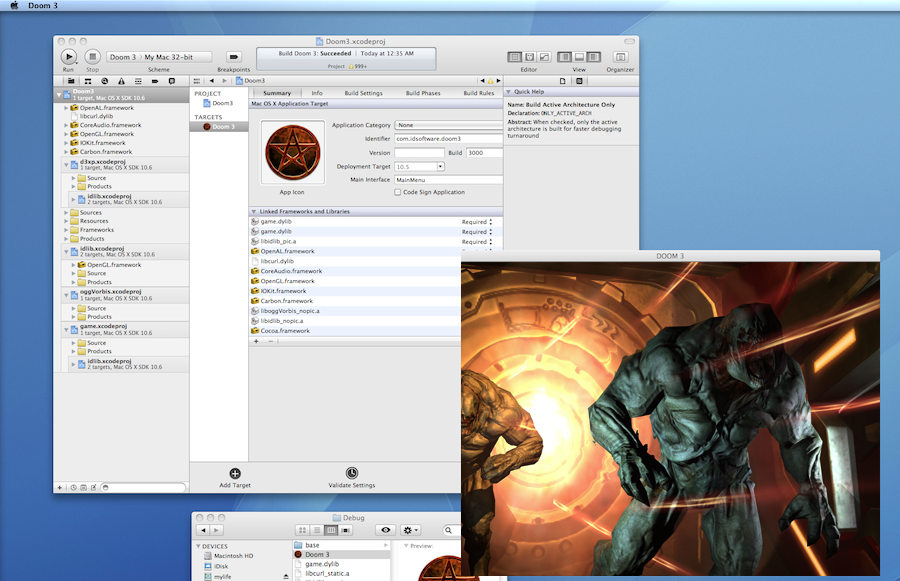

Understanding this difference can help explain why some "alias" links break in situations where they would not break in OS 9. If the link does not appear on the desktop, search for it via Sherlock and then double-click on its name in the output. To create a symbolic link, you need to go to Terminal and type. However, in some cases, as when you drag the icon of one partition over to another - or a disk image file to a folder on a hard drive - an alias is created rather than a copy being made.Īs far as we can tell, there is no way to create a symbolic link in the Finder (although there may be a shareware utility that can do it). Special note: If you try to move a file from a folder where you do not have permission to make changes, dragging the file will result in a copy being made at the new location rather than the file actually be moved. You have until May 21 at 7:00 pm PST to cast your votes. Vote Here Voting will begin on May 11 at 10:00 am PST. You can use Command-Option-drag, the Make Alias contextual menu command, or the Make Alias (Command-L) command in the Finder's File menu. There will only be one round of voting, so make sure to get your decisions in We have two exciting thematic options to choose from for both Create a Sim and Build Buy Kits.
#Mac update symbolic linker mac os#
You create aliases in Aqua via methods familiar to Mac OS 9 users. Update: Thomas Willing discovered that, when running Mac OS 9.1, Mac OS 9 aliases simply say "Alias" in the Get Info window, while symbolic links say "Mac OS X Alias." A quick test would be to move the original file temporarily to a new location if that breaks the connection, it was a symbolic link. Symbolic links are common in the in both cases. Both methods have their advantages and disadvantages. We can also use absolute paths instead, like: Copy. import os os.symlink( mytarget, mylink ) The above example uses relative paths, which depend on the script users current directory. On top of that, if you move the file and create a different one with the same name in the original location, the symbolic link will now point to that file (since it has the same pathway). To create a symbolic link at mylink that points to a file or directory target mytarget, we can write: Copy. Thus, a symbolic link to a file called Testing in your Documents folder will only work if the file remains in that folder location. Symbolic links refer to a specific pathway. This means that if you move the original file to a new location, the alias follows it and is still linked to it.


Aliases are linked to the file or folder they point to. As explained in System Overview, there is a key difference in how they work. The second type are called symbolic links and they are derived from UNIX. Aliases, which work the same way they do in Mac OS 9.


 0 kommentar(er)
0 kommentar(er)
